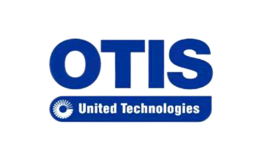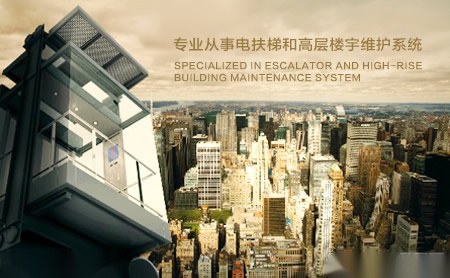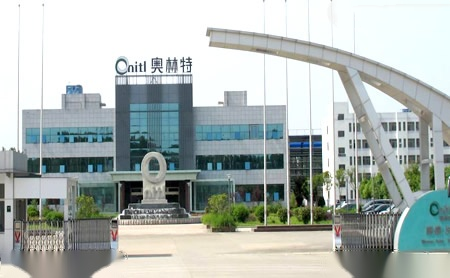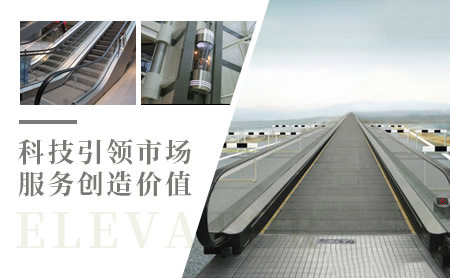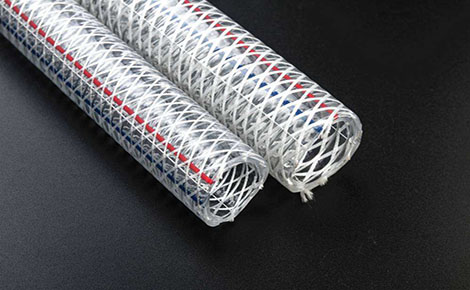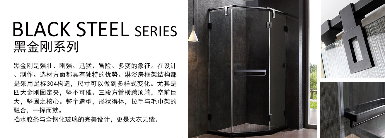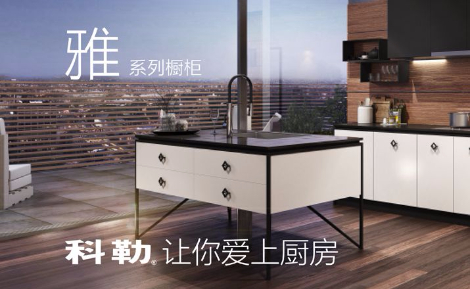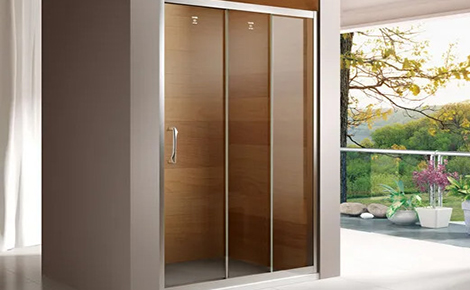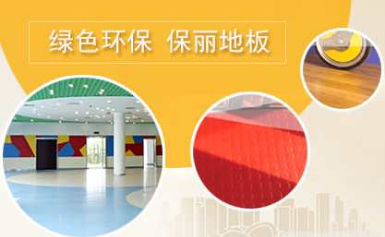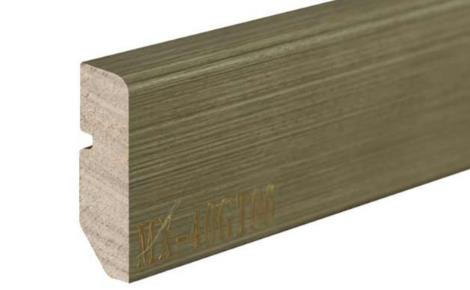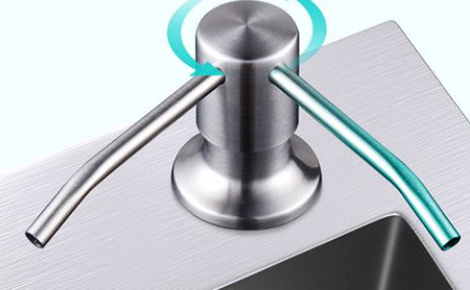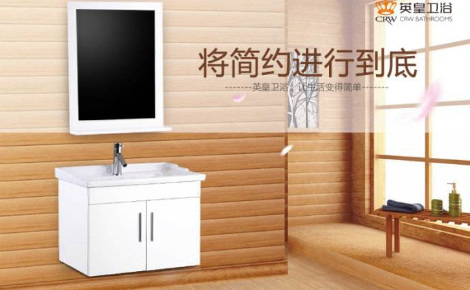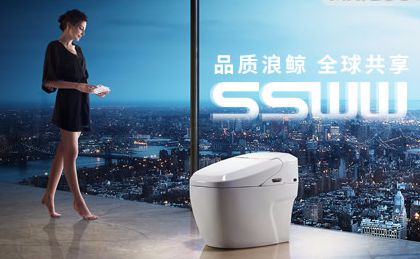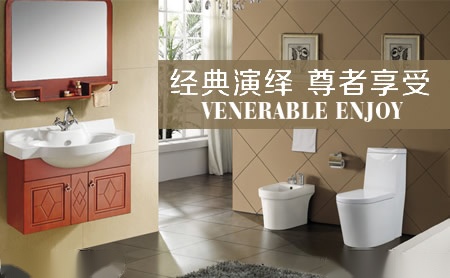
1个回答
Elevator, also known as a lift in British English, is a vertical transportation device that moves people or goods between floors of a building. It is a common feature in many modern buildings, making it easier for people to move between different levels without having to use stairs. Elevators have become an essential part of our daily lives, especially in high-rise buildings where climbing stairs would be impractical or impossible.

The concept of the elevator dates back to ancient times, with evidence of primitive elevators being used in ancient Rome and Greece. However, it wasn't until the 19th century that the modern elevator as we know it today was developed. The first safety elevator was invented by Elisha Otis in 1852, which featured a safety mechanism that prevented the elevator from falling in case the hoisting ropes broke. This invention revolutionized the way buildings were constructed, allowing for taller and more efficient structures to be built.
Elevators come in various types, including hydraulic, traction, and pneumatic elevators. Hydraulic elevators use a hydraulic piston to move the elevator car up and down, while traction elevators use steel ropes and a counterweight system to move the car. Pneumatic elevators, on the other hand, use a vacuum or pressure system to move the car within a cylindrical shaft. Each type of elevator has its own advantages and disadvantages, depending on the building's height, space constraints, and usage requirements.
In addition to the different types of elevators, there are also various features and technologies that have been incorporated into modern elevators to improve safety, efficiency, and comfort. For example, destination control systems allow passengers to input their desired floor before entering the elevator, which then assigns them to the most efficient car to reduce waiting and travel times. Other features include emergency communication systems, automatic rescue devices, and energy-saving technologies that reduce the elevator's carbon footprint.
Elevators have also played a significant role in shaping the way buildings are designed and constructed. The ability to move people and goods vertically has allowed architects to create taller and more innovative structures, such as skyscrapers, which would not be possible without the use of elevators. Elevators have become an integral part of modern urban living, connecting people to their homes, workplaces, shopping centers, and other destinations.
Despite their convenience and efficiency, elevators can also pose risks if not properly maintained and operated. Regular inspections, maintenance, and safety checks are essential to ensure the elevator's safe operation and prevent accidents. Building owners and managers are responsible for ensuring that elevators comply with safety regulations and standards to protect the passengers and the building's occupants.
In conclusion, elevators have become an indispensable part of our daily lives, providing a safe and efficient means of vertical transportation in buildings. From ancient times to modern skyscrapers, elevators have evolved and improved, making it easier for people to move between floors and access different levels of a building. With advancements in technology and safety features, elevators continue to play a crucial role in shaping the way we live and work in urban environments.


 扫一扫关注品牌网
扫一扫关注品牌网


 浏览(173)
浏览(173)

 赞(0)
赞(0) 分享
分享 举报
举报